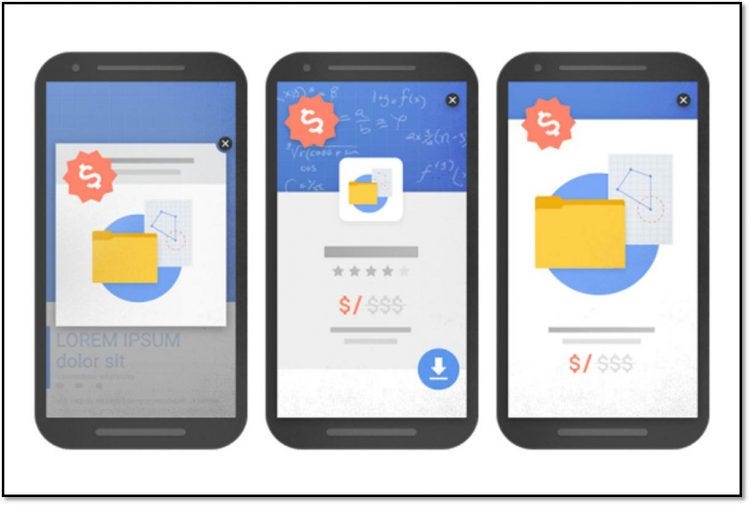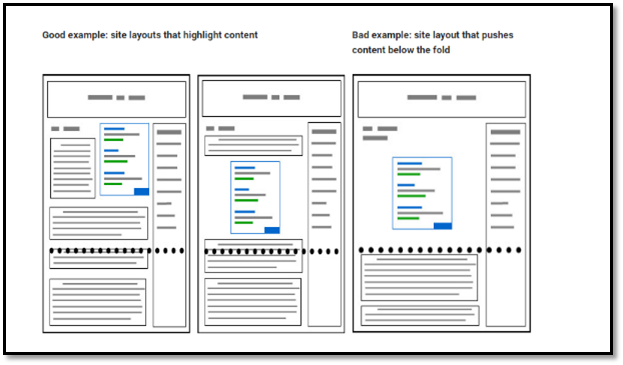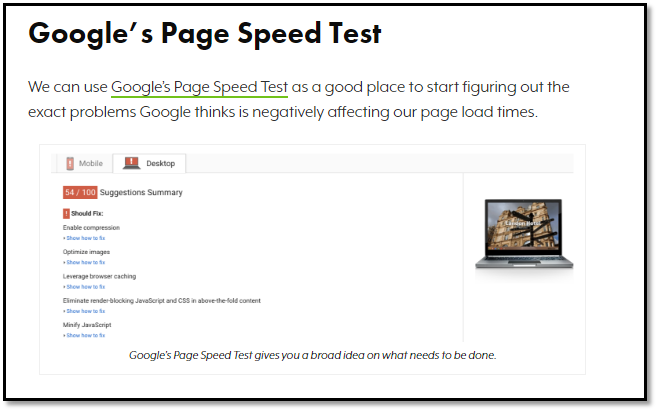
Traffic monetization is constantly risky and doing it wrong, you can end up hurting your site’s usability, engagement, and organic search rankings.
It’s important you inquire about what SEO and marketing mistakes to avoid when moving towards the procedure.
Here, we have talked about 4 most common mistakes marketers make when endeavoring to turn traffic into a regular stream of revenue and so, without harming your SEO efforts:
1) Don’t Use Intrusive Popups & Interstitials
Advertisers with plans to adapt monetize mobile traffic; the first step for them is to check if their sites include any pop-ups, banners, and other interstitial advertisements.
There are different ways to use pop-ups without hurting a site’s SEO efforts.

However, it’s hard to know the difference between user-friendly and intrusive popups, yet according to Google, the following types of popups or interstitial ads are allowed:
- Cookie verification
- Age verification
- Legal-related verification
- Sign in and sign up dialog boxes
- Easily dismissible popups
What to do?
You should bring pages that demonstrate a user’s interest in offered product. Additionally, you can show banners after a user visits a specific number of pages, say three or four. You must not release all your popups on the first page as this can negatively influence engagement and usability.
2) Don’t give out Too Much Space to Ads
It’s important to strike the balance between content and ads, else, Google will downrank your site. And, as a result this will lead to less traffic and less revenue.
Google looks at site engagement and user experience metrics like dwell time and average session duration.
When you pick money over UX, you may see metrics like bounce rate increase, while pages per session and average session duration decrease. This could flag to Google that your site doesn’t give enough value to users. Eventually, you may lose rankings, traffic, and money.

What to do?
Place one to two ads per page, maximum; position ads next to the top of a page or to the right of your content on the sidebar. Additionally, ensure to test your ads positions in different browsers and browser versions. It’s important to consider that your ads do not obscure content.
3) Don’t Increase Load Time with Excessive Elements
Visitors are impatient and are not eager to wait while your site loads majority of its unoptimized images and scripts. This will lead them to head somewhere else.
So, if your website is responding slowly, conduct a page speed audit. At that point, streamline your site at the earliest opportunity to keep your traffic pipeline from going away. If there is not any traffic, there won’t’ be any money.

What to do?
To monetize traffic, you should ensure that visitors can access your site quickly.
A couple of tips to improve your site’s load time:
- Get rid of excessive third-party add-ons and plugins
- Compress Flash, CSS and Javascript elements
- Reduce the size and number of images (if possible)
- Opt out of using autoplay on videos, audios, and animations
- Optimize sliders (images and autoplay)
- Eliminate intrusive banners, popups, and ads
- Reduce the number of redirects
- Utilize browser caching
- Improve server response time
4) Don’t Break Up Content Over Numerous Pages
It’s important to not to force your readers to bounce around different pages just to read one article. This will give them a reason to not come again.
Rather than trying to get more page views and display more ads, you should work on your long-term strategy. Consider supporting devoted audience by publishing great content and inspire them returning.
What to do?
Focus on engagement metrics; make neat slick and clean pages with profitable content that can be accessed all at once. Make it simple for individuals to access and consume your interesting content.
About DSIM:
Delhi School of Internet Marketing’ is a premier Digital Marketing Institute that offers an all-in-one advanced digital marketing course in Hyderabad, Bangalore, Delhi, Pune all over India. To know DSIM in detail, you can log on to its website/read DSIM reviews accessible on the web.
No comments:
Post a Comment
Thanks for your valuable comments